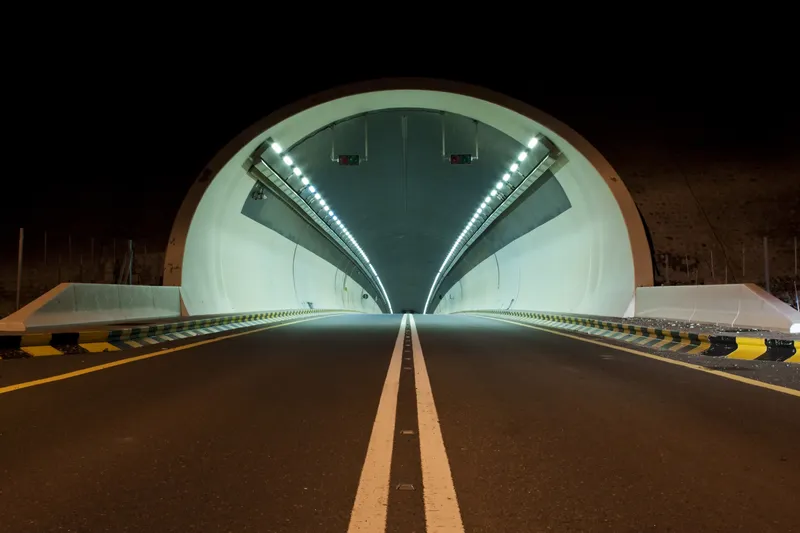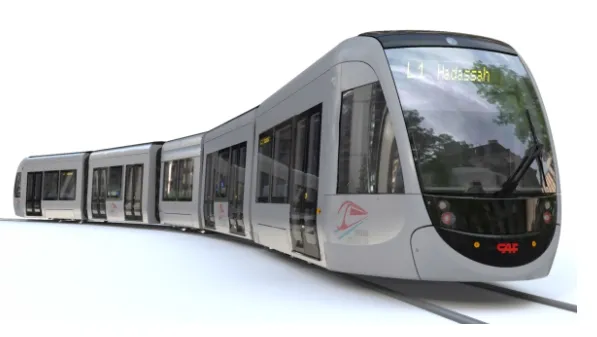Construction has begun on tunnel construction for the Confederation Line light rail transit system in Ottawa, Canada, has begun. The Confederation Line is a US$2-million project that is jointly funded by the Canadian government, the province of Ontario and the city of Ottawa.
October 16, 2013
Read time: 1 min
Construction has begun on tunnel construction for the Confederation Line light rail transit system in Ottawa, Canada, has begun. The Confederation Line is a US$2-million project that is jointly funded by the Canadian government, the province of Ontario and the city of Ottawa.
The project is the first stage in Ottawa's future rail network. The 12.5-kilometre electric light-rail system replaces existing diesel powered buses, providing rapid transit between Blair Station in the east and Tunney's Pasture in the west. The route includes thirteen stations and a 2.5 kilometre tunnel that will alleviate congestion through the downtown area of the city.
The project is the first stage in Ottawa's future rail network. The 12.5-kilometre electric light-rail system replaces existing diesel powered buses, providing rapid transit between Blair Station in the east and Tunney's Pasture in the west. The route includes thirteen stations and a 2.5 kilometre tunnel that will alleviate congestion through the downtown area of the city.








